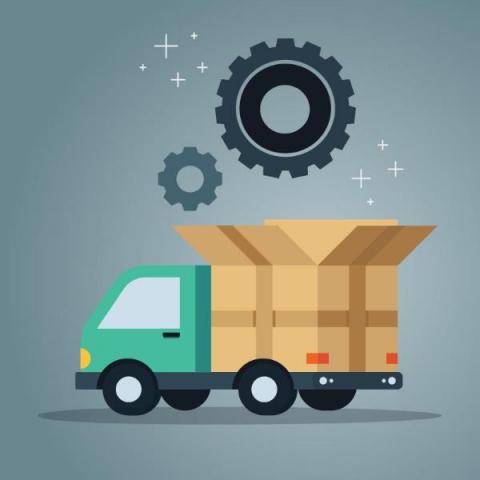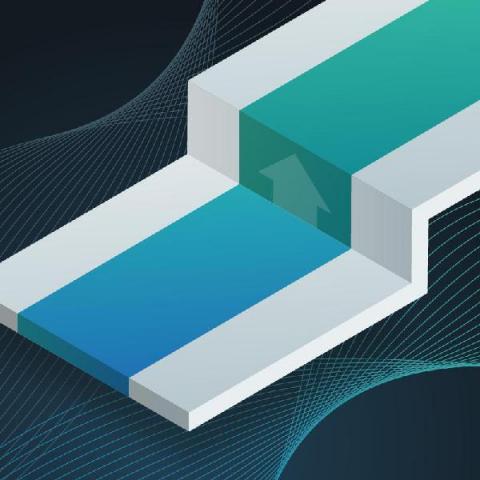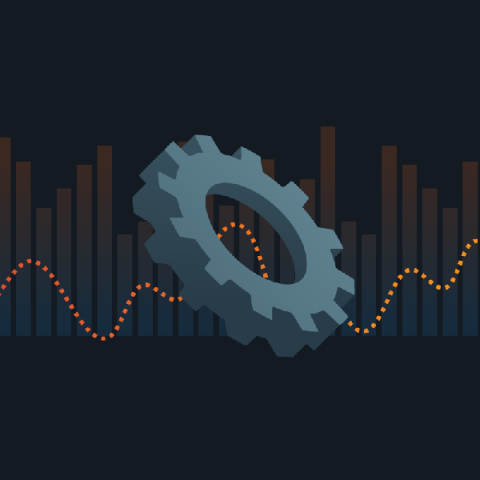Shipping Software with an SRE Mindset
A lot of companies bequeath the projects that they build internally unto the world as open source. But they’re usually up for a pretty rude awakening when they ship their software and it has to be run for the first time by someone other than them.











